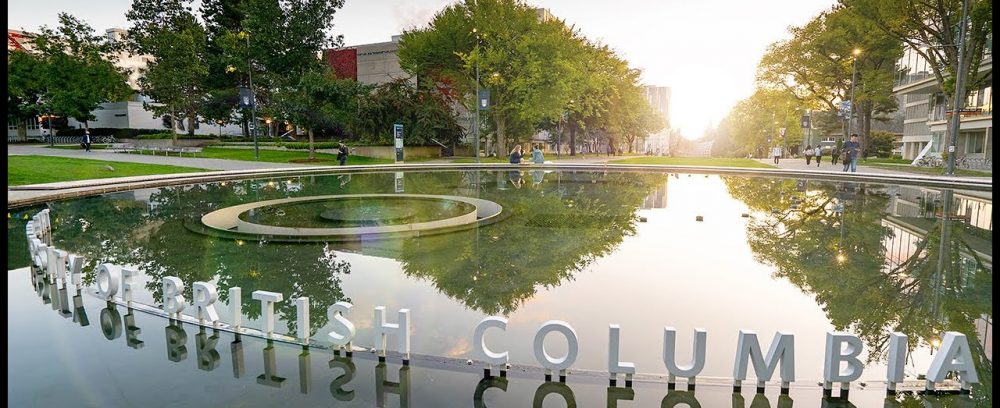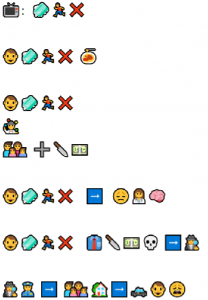Intellectual Production #8:
Working alone–and for some of you this is re-reading (no harm in that!), read chapters 1-3 and do at least 5 of the exercises Fullerton suggests.
Exercise 1 .3: Your Life as a Game
List five areas of your life that could be games. Then briefly describe a possible underlying game structure for each.
Herding Cats
Objective- gather students in a classroom during flex learning time, no students roaming the hallways
Obstacles- cell phones, students dislike of flex, large school grounds, students hiding in bathrooms
Rules- students need to be in class during flex time, teachers can only use verbal cues to persuade students to move into learning areas
Reward- students are in classes during learning time
This game requires multiple players to work in a team to herd all students in an organized fashion back to class
Game of Finances
Objective- manage finances effectively and increase the pot of money
Obstacles- school, economy, social life, gas prices, unforeseen circumstances, travel
Rules- do not spend more than you make, you must pay the tax man every month,
Reward- a trip, buy something I want, sense of security
Game of Fitness
Objective: Improve physical fitness, gain strength, and maintain a healthy lifestyle.
Obstacles: Lack of time, sore muscles, unhealthy food temptations, weather
Rules: Complete a set number of workouts per week, follow a balanced diet, and track progress regularly.
Reward: Improved health, achieving fitness goals, personal satisfaction
This game has levels that correspond to fitness milestones, such as running a 5k, lifting heavier weights, or hitting target goal
Dating Game
Objective- find a life partner
Rules- dating preferences and requirements such as age range, gender, demeanor etc.
Obstacles- liars, infidelity, incompatibility
Levels- as you progress throughout the game your risk level and possible rewards increase due to the longer amount of time you invest into each game
Master’s Degree Marathon
Objective: Complete a master’s program in education to gain advanced teaching skills and qualify for a higher salary.
Obstacles: Balancing coursework with teaching, staying motivated during late nights, managing finances for tuition, and meeting deadlines.
Rules: Attend classes, complete assignments on time, and actively participate in discussions. Bonus points for implementing new teaching strategies learned in the program.
Reward: Higher salary, professional growth
This game has stages, such as completing individual courses, and submitting a final capstone project. Each stage brings you closer to winning.
Exercise 1 .5: Your Childhood- List ten games you played as a child, for example, hide and seek, four square, and tag. Briefly describe what was compelling about each of those games.
Hide and seek – easy to understand, thrilling to try to not get found
Tag – easy rules to understand, exciting, can play with any number of people and almost anywhere
Bump – I loved basketball and it got your adrenaline up
Cops and Robbers – simulated a real life situation of running from authority. Exciting and engaging
Slap – fast paced, easy rules, fast paced and exciting
Capture the flag- active, easy to follow, exciting trying to steal from someone else’s territory
Red light- green light
Simon Says
Octopus
What time is it Mr. Wolfe
I started writing the reasons beside each game however I found myself repeating the same thing. What was compelling about these games was they included some sort of thrilling component. They are simple to understand with little to no equipment and they engaged you because of the excitement and suspense of getting “caught” or “out.” Additionally they all have a social component that I found really enjoyable.
Exercise 2 .1: Think of a Game
1. Think of a game, any game. Now write down a description of the game. Be detailed. Describe it as if to someone who has never played a game like it before.
2. Now think of another game—a completely different type of game. The more different this game is from the first one, the better. Describe it.
1.Cribbage (Crib) is a card game typically played by two players, with a standard 52-card deck and a special scoring board where pegs are moved to count scores. The objective is to be the first player to move their peg across the board to the end line (usually 121 points). This is done by combining cards in different ways to score points.
Setup:
Players will remove a card from the deck without looking. The lowest card will deal and have the first “crib”
Each player is dealt six cards, and they choose two cards to place face-down into the “crib” (a separate pile that belongs to the dealer).
The dealer then shuffles the remaining cards and begins the game by cutting the deck and revealing the starting card
Scoring: Points are scored in several ways:
Combinations of 15: Any two or more cards that add up to 15 (e.g., a 10 and a 5).
- Pairs, Runs, and Flushes:
- Pair: (e.g., two 7s). 2 points
- Run: Three or more consecutive cards (e.g., 4, 5, 6). 3 points
- Flush: Four cards of the same suit in the hand (not counting the crib). 4 points
Play:
Pegging: Players take turns playing one card at a time, trying to make combinations that score points, such as creating a total of 15 or a pair. Same scoring as listed above. The number count of all of these cards cannot go above 31.
After all cards have been played, players reveal their hands and score them according to the combinations outlined above.
After both players play out their hands, the dealer scores their crib as well.
2. Diddy Kong Racing
Objective: Race other drivers to get to the end of the track first
- You can choose your character, vehicle, and which race track you want
- There are also items you can collect that help you drive faster or slower or which slow down your opponent
3. Compare your descriptions. Which elements were different and which were similar? Dig deep and really think about the underlying mechanics of each game.
Similar
- Both are designed for the players to enjoy and be engaged in
- Both require certain equipment or game tools in order to play
- Both have a starting and end point. Whoever crosses the end point first determines who is the winner.
- The points in crib are similar to the items you can drive over in Diddy Kong because they propel you to move ahead
- Both require strategy but also have elements of luck (which cards you are dealt, which track you race etc)
- Players would be better at both of these games with increased practice
Different
- Crib has many more rules and would be much more difficult to teach a new player
- Crib would not suit as many age groups as Diddy Kong would because of the math and many rules
- Diddy Kong does not require other players as you can play the computer. Crib requires someone else to play (unless done online)
- Strategy would be different in each game. Crib uses memory while Diddy Kong uses quick reactions
Exercise 2 .2: Players
Describe how players might join or start a game of Go Fish versus single-player Quake. What steps do they need to take in each case—social, procedural, or technical? There will clearly be differences in the beginning of a multiplayer card game versus a single-player digital game, but are there also similarities? If so, describe them.
Go Fish
Players need to consider their social surroundings. Asking others to participate with them and potentially teaching the rules and procedures of the game. They do not need technology but would need to shuffle the deck, hand out cards in the agreed upon manner, and decide who goes first
Quake
Players would need the correct technology to play the game. This could be the system or console. They do not need to consider social norms because they are playing alone but they would need to know the rules and the objective (to stay alive)
Similarities
They would need to have the proper equipment, they would both need to know the rules and objective, and they both need to engage the players to continue playing
Exercise 2 .4: Rules Can you think of a game that has no rules? If so, describe it. How about one rule? Why is this exercise difficult?
- Even the games that I can come up with that seem like they do not have “rules” still have structures that are played within. For example, role playing as a child. Although there may not be defined rules, the children tend to follow what the societal norms or rules are.
- Silent game- only rule is you cannot make any noise
This exercise is difficult because games need some sort of structure so that its participants can have an understanding of how to participate. If these rules are not upheld then they are no longer playing the game.
Exercise 2 .7: Premise
What are the premises for the games Risk, Clue, Guitar Hero and Catan? If you don’t know these games, pick games that you are more familiar with.
Clue –The premise is that there has been a murder in a mansion. Guests are trying to play detective and determine who was the murderer, in what room, and with which weapon.
Risk- The premise of risk is war. Players move their armies to strategically capture land
Catan- The premise is players are competing for material resources in order to build large settlements and develop their land and armies before their enemies can.
Guitar Hero- The premise is the player is a rock star or lead guitarist performing in front of fans.
Reference:
Fullerton, T. (2014). Game Design Workshop: A Playcentric Approach to Creating Innovative Games, NY: Taylor & Francis (CRS Press)/ Chapters 1, 2, 3.


